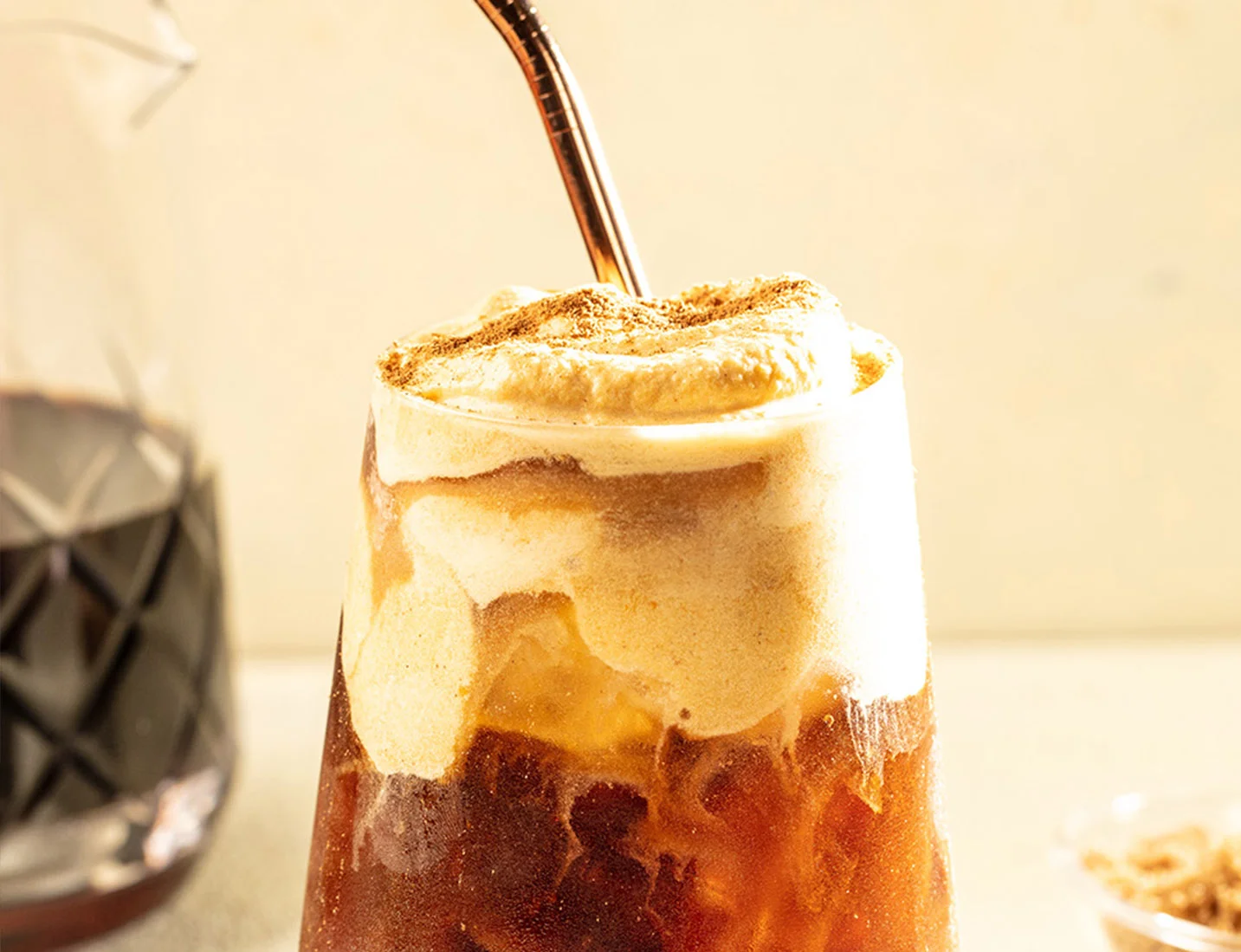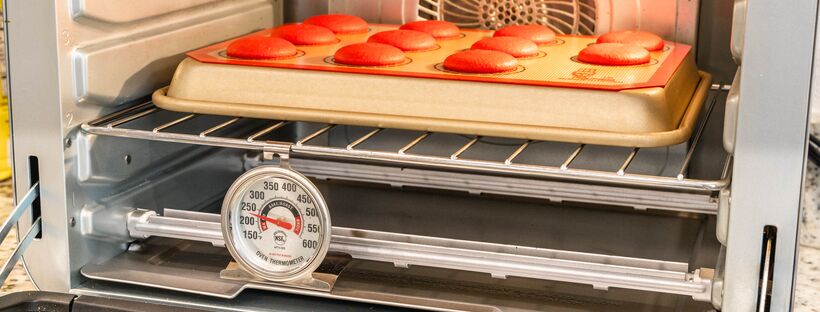
Tip #1: Understand your oven
Probably the most helpful thing you can do for your macaron baking journey, is to experiment with your oven. Ovens bake very differently, optimal temperature and baking time can be widely different from one kitchen to another, so it’s best to understand how your own oven works.
I’ve baked macarons in several different ovens, and every single oven worked differently, and I had to figure out the oven before succeeding in my batches. For example, convection ovens will require a lower baking temperature because of the fans. Usually, I find that a range from 270ºF to 290ºF is the best for convection ovens, though I’ve met people who bake at even lower temperatures.
On my standard electric oven, I bake the macarons at 300ºF. But I used to bake them at 325ºF in my old oven. So, there is a wild range in temperature recommendations, and recipes usually recommend what works for their writer in their present kitchen.
I recommend you make one batch of macarons and pipe it between 4 different trays. Each tray can be baked at a certain temperature, for a certain amount of time, and once you write down the results and analyze the shells, and how they baked, you can begin to find out what works best for you.
If the macarons are sticking to the mat, or not forming a skin on the bottom, the temperature is too low, or the oven rack position is too far from the heat source, you aren’t baking the macarons enough. Bottom line: the macarons aren’t getting enough heat.
If the macarons are coming out hard, or hollow, brittle, browned, that means they are either being over baked, or the oven temperature is too high. High oven temperature can also cause the macarons to crack, it can cause a crack from the top of the shell or spread outwards. If any of those things happen to you, consider lowering the baking temperature.
And always make sure to have an oven thermometer in your oven, to find out what the temperature in there actually is, because most ovens are wrong in telling the accurate temperature. An oven thermometer inside the oven is the only way to tell what’s the precise temperature in there.
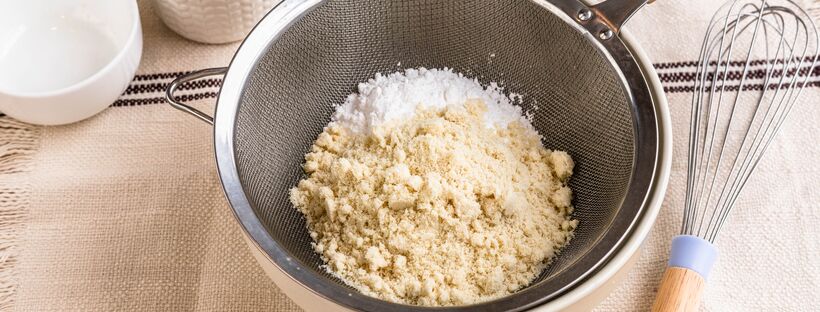
Tip #2: Find the best almond flour
Macarons are traditionally made from egg whites, granulated sugar, almond flour, and powdered sugar. Almond flour gives the cookies a nutty taste and helps create a light and airy texture.
The almond flour you use for your macaron batter should be finely sifted, and dry. It can take a while trying out different ones to find out the best for you. If the almond flour you are using looks lumpy, feels greasy, or if your macarons end up not being smooth, or look blotchy on top, you should consider switching flours.
Use a double mesh fine sifter to sift your almond flour, and if there is over one tablespoon of almond flour that couldn’t go through the holes of the sifter, that means the almond flour isn’t finely sifted. If you process the flour in the food processor, you risk releasing oils, which is why I often recommend against doing that, because oils and grease don’t go well with macaron batter. It’s best to find a flour that’s already finely sifted and dry.
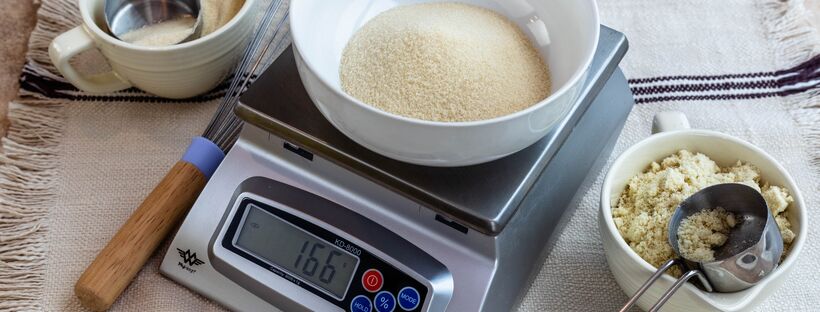
Tip #3: Use a scale to weigh the ingredients
Always use a scale to weigh the ingredients for making macarons. Each time you scoop a cup of almond flour, it may be a different amount, because cups are not precise. When making macarons, precision is very important. All the elements you can control, such as tracking oven temperature, or weighing the ingredients, you should do so, to reduce the variables.
If something goes wrong with your macaron batter, you won’t be wondering if it’s because maybe the cup of powdered sugar was 20 grams heavier when you scooped it instead of weighing it. And then, you can focus on the technique to obtain the best results.
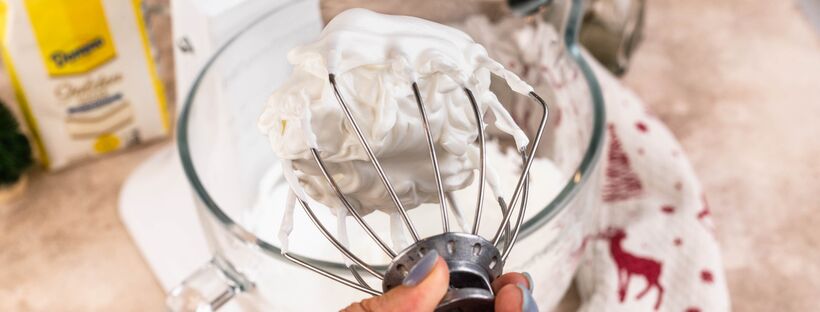
Tip #4: Master the meringue
Mastering the meringue is fundamental to mastering macarons. The meringue is the foundation of your macaron shell.
When you start whipping the egg whites, you start adding air into it, and the proteins in the whites begin to un-curl and start straightening. The amino acids get divided between those that attract water, and those that repel water. These amino acids get organized to form a structure that traps and protects the air bubbles that are incorporated into the meringue. Having a strong meringue will allow you to have much more stable shells.
A lot of issues that occur with macarons come from over or under whipped meringue, so finding the sweet spot and the best meringue consistency is key to mastering macarons. Each method has a certain meringue consistency that they require for the recipe to work.
- The French method requires the meringue to be super stiff, with hard sharp peaks shooting up, and balling up around the whisk.
- The Swiss method requires a softer meringue than the French method. The perfect Swiss meringue should have peaks that shoot straight up, the meringue collected by the whisk should be forming soft but defined waves at the bottom.
- And when it comes to the Italian method, the perfect meringue will look even softer than the Swiss and will have a bird’s beak shape.
All those methods take different approaches, which is why they result in very different meringues. When it comes to mastering your meringue, make sure to adapt it to the method you are using.
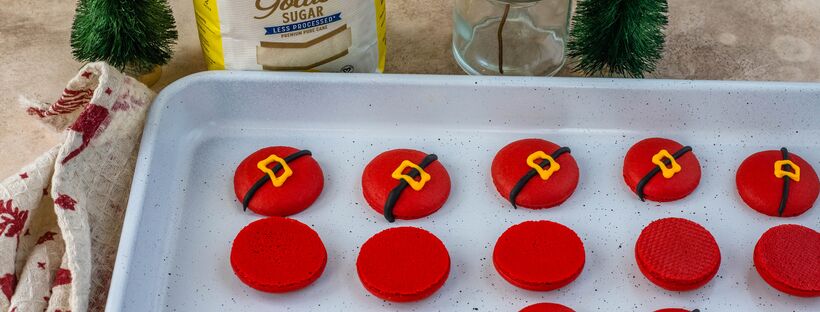
Tip #5: Let the macarons mature before serving
Maturation is letting the macarons sit in the fridge overnight before serving them. Sometimes maturation can take a couple of days if the macaron shell was over baked for example. The maturation is a very important step that can fix many macaron issues and turn your not-so-great-shells, into amazing macaron sandwiches.
When you fill the macarons and place them in the fridge, the filling will begin to hydrate the shells, the shells will become softer, and the flavor will also develop.
If you have over baked your macaron shells, or if they are hollow, maturing can take care of those issues in many cases. The over baked crispy shells should soften up within a couple of days after sitting with the filling in the fridge.
There’s also a great trick you can try to speed up the maturing process, and soften up hard shells, and it’s to place a slice of bread or a brown sugar bear inside your container with the macarons and let the container sit in the fridge for 24 hours. Place a piece of plastic or foil between the bread or the sugar bear, and the macarons, so they don’t touch each other. The sugar in the macarons will draw moisture from the sugar bear, or the slice of bread, and that will help the shells soften up.
If the macarons are hollow, or if they have air gaps in the shells, just maturing for one to two days can be sufficient for them to fill up. As the shells get hydrated the macarons will seem full when you bite into them.
All macarons, even the perfect ones can benefit from maturing. Also, make sure to always serve macarons at room temperature. They will get cold and hard in the fridge, so let them sit for about 15 minutes or so before serving.



